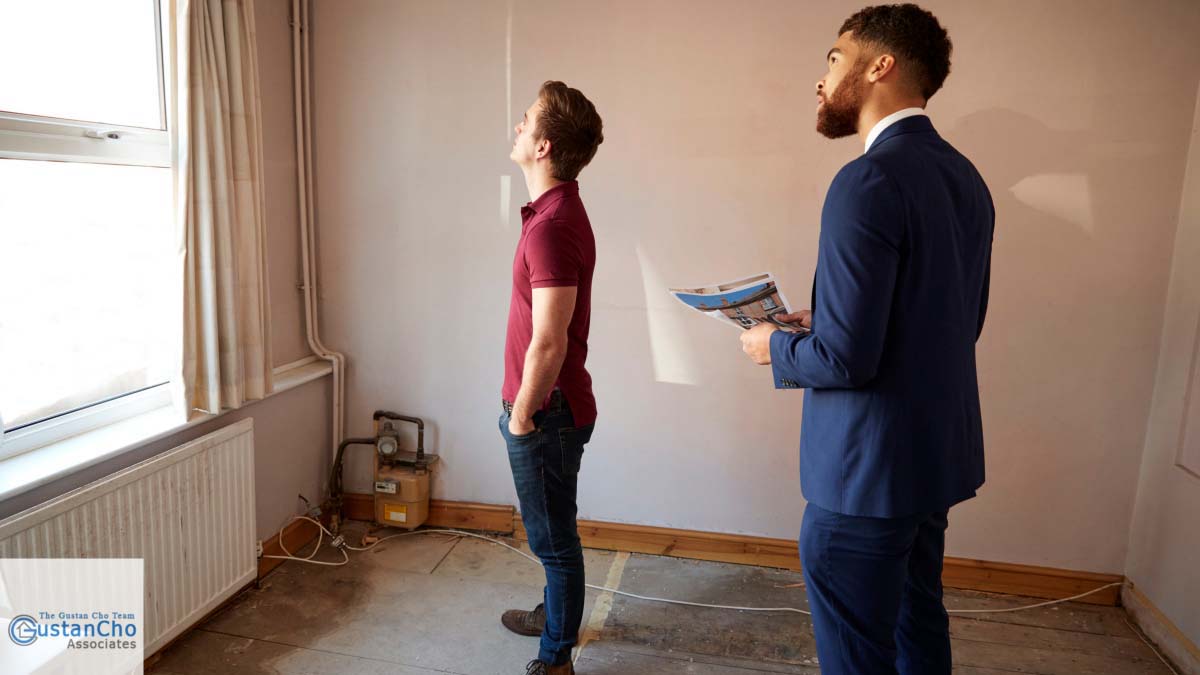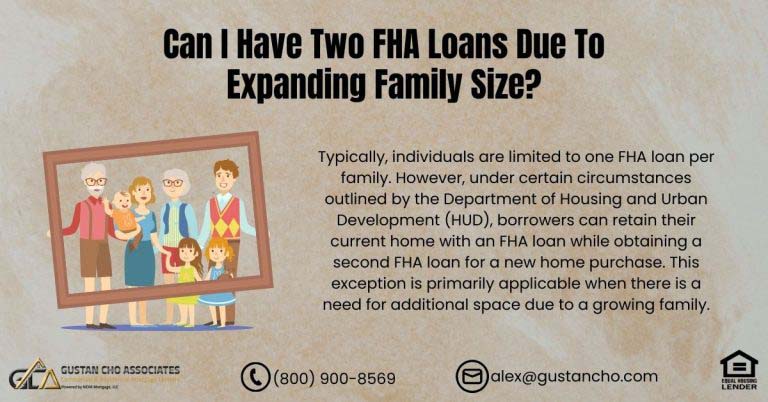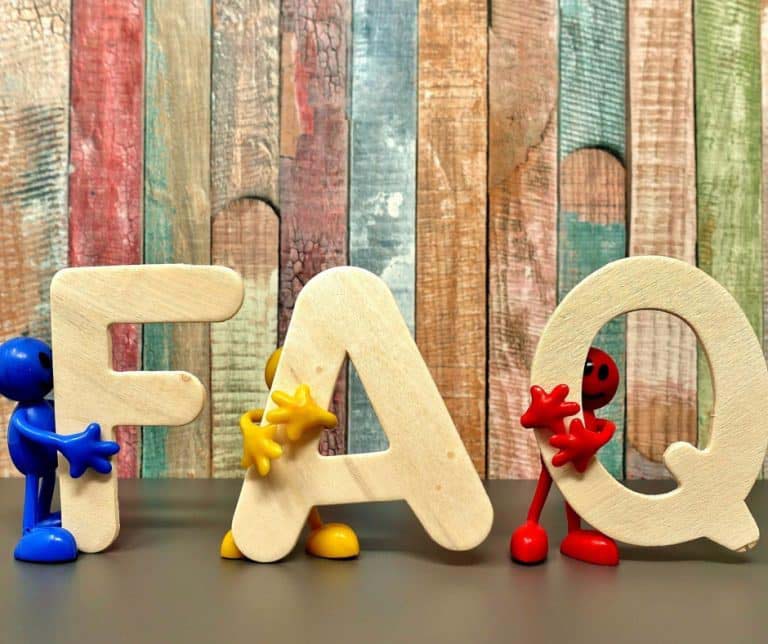This blog covers things to keep in mind when looking at buying an older home. There are many reasons why people opt for looking at and purchasing an older home versus a new construction home. Remember the hidden costs. Outdated windows, for instance, can leak heat and raise energy bills. Similarly, charming original fixtures might appear vintage but costly to repair or replace. Dale Elenteny, a senior mortgage loan originator says the following about buying an older home:
The purchase of an older home can be very rewarding, but just like there are pros, buying an older home comes with its cons.
Get tips for buying an older home, including the right inspection, hidden costs, and balancing charm with challenge. These insights will help you invest smartly in vintage properties. Weigh the home’s character against your plans. A house with a creaky porch that creaks just right might fit you perfectly today, but if you foresee a growing family or a home office, the layout must stretch with you. Remembering these points, you can enjoy your home’s history today while protecting your bank account tomorrow. In the following paragraphs, we will cover things to keep in mind when buying an older home.
Things to Keep in Mind When Buying an Older Home
Purchasing an older home can feel like unrolling a gorgeous antique rug, revealing vivid stories woven into every thread. These homes often boast ornate trim, hardwood floors, and tall windows that newer houses can’t always match. But with that vibe comes extra baggage. To keep your investment happy—and your wallet healthier—there are a few checkpoints you can’t skip.
First, the structure. Over time, roofs settle, basements breathe, and frames can warp. A seasoned inspector should go beyond the pretty interiors and check for sagging, moisture, and evidence of pests.
A great report will help you weigh your repair lists wisely. Then, there are plumbing and electrical systems. Older pipes made of cast iron or galvanized steel can corrode and leak. At the same time, the original wiring often can’t handle today’s gadget-heavy lives. Ask for maintenance records and budget for replacements if the systems are still in the 1950s.
Avoid Costly Surprises
Older homes can be charming — but they may come with hidden issues.
Take Home Inspections Seriously
Buying an older house? A full home inspection isn’t just important—it’s essential. Older homes can secretly hide big problems like cracks in the foundation, worn roofs, or bugs in the walls that you might not see right away. Always hire a certified inspector with specific experience with historic properties. They will examine structural parts, the wiring, and the pipes.
Watch for red flags that could mean the foundation is settling: sloping floors, cracks in the walls, or doors that stick or swing open on their own. Also, remember that homes built before the 1980s may still have asbestos, lead paint, or radon.
A tested air quality test can check for radon. Consider adding extra inspections for mold or termites; spending the extra money now can prevent much bigger repair bills later and give you extra bargaining power.
Check the Electrical and Plumbing Systems
When considering buying an older house, you’ll want to pay close attention to the electrical and plumbing systems. Many vintage homes still have knob-and-tube wiring or galvanized steel pipes. These older materials don’t always meet today’s safety codes and may create fire hazards or leaking issues. Start by looking at the electrical panel.
Suppose it’s a small, outdated box. In that case, it probably can’t handle the power needed by today’s appliances and gadgets, and you’ll notice breakers tripping often.
For plumbing, check for leaks, rust, or weak water pressure. Also, see if the faucet and toilet fixtures look very old. Replacing wiring and plumbing can add up quickly, so estimate these costs when you create your budget. Bring in licensed electricians and plumbers early in the process—they can give you clear information on what needs to be done and how much it will cost.
Think Energy Efficiency and Insulation
When considering an older house, you might find its energy performance isn’t as strong as that of newer builds. This can lead to bigger heating and cooling bills and chillier drafts during cold snaps. Start your inspection by checking the insulation. John Strange, a senior mortgage loan originator at Gustan Cho Associates says the following about buying an older home:
In homes built before the 1970s, you often discover hollow walls, thin attic stuffing, or old batts that have settled and lost their R-value. Windows and doors might still be single-pane, and you can feel the cold sneaking around the edges.
Pay attention to the heating and cooling systems, too; a furnace or boiler running since Reagan’s first term is probably noisy and hungry for fuel. Consider having an energy audit to spot where you can seal, insulate, or swap out parts for savings. Small upgrades, like fresh weatherstripping or triple-pane glass, might also lead to tax credits. Fixing the efficiency puzzle makes the house cozier now and helps the planet and your wallet in the years to come.
Check the Foundation and Structure First
The foundation supports the entire house; older homes often show signs of settling, soil shifts, or past water issues. Look for cracks running up the walls, uneven floors, or windows that stick open or shut—these can all point to foundation trouble. If you see any of these signs, call a structural engineer who can give a full inspection. Don’t forget the roof: older shingles or tiles can leak and lead to costly interior repairs. Knowing the state of the foundation and roof before you buy lets you plan repairs or negotiate a better price with the seller, keeping the house safe for years.
Get to Know Historic and Zoning Rules
Buying a historic home usually means more rules about what you can and can’t change. First, find out if the house is on a historic registry list—if it is, you can’t alter the outside without approval. Zoning rules might limit how big you can build an addition or whether you can put in a new driveway.
Check with local regulations before you make an offer. These rules help keep the neighborhood looking beautiful. However, they might add to renovation costs because you need special permits or new materials that match the original. A real estate lawyer who knows historic properties can guide you through these requirements and help you avoid costly surprises.
Budget for Hidden Costs and Renovations
Financial planning is key when buying an older home, because surprises can pop up fast and add to your bill. Besides the price tag, set aside cash for renovations you’ll probably want right away, like swapping out tired kitchens or bathrooms. Willie Germino, a home inspector and an associate contributing editor at GCA Forums says the following about buying an older home:
Because older houses can have electrical or plumbing quirks, your insurance bill may also be higher. If the home has historic designation, your property taxes could be different, too.
Build a realistic budget that includes a cushion for extras—most pros suggest stashing 10-20% of the home price for emergencies. This way, you can love the history of your new place without stressing over money.
Factor in Maintenance and Upkeep
Having an older home means signing up for ongoing care to keep its character and usefulness. Classic materials like wood siding and plaster walls need regular attention to stay healthy. If your yard has full-grown trees, their roots and branches can threaten the foundation if you don’t watch them. Create a calendar for the basics, like cleaning gutters, checking the chimney, and doing seasonal inspections. You’ll likely treasure this downtime if you enjoy working with your hands. If not, think about hiring pros to handle routine chores. Balancing the love for vintage style with the time and energy you have is the key to a happy home.
Weigh the Charm Against Modern Conveniences
Older homes often win you over with one-of-a-kind details like rich hardwood floors, elegant crown molding, and charming built-in shelves. Still, these same homes often ask you to cope with tiny closets, just a few electrical outlets, and floor plans that don’t always make sense. Think carefully about whether you can live with these quirks or are ready to spend time and money fixing them.
Many people love the personality enough to work around the downsides, but visiting the house a few times—at different times—helps you picture how you’ll live there.
Finding the right balance between sentimental vibe and everyday ease will determine if this older property suits your lifestyle. Purchasing a vintage house means welcoming history, charm, and likely value growth, yet it also calls for careful planning. By keeping the following pointers in mind, you can confidently move forward and turn a beloved relic into the home you’ve always wanted.
Save Money by Spotting Problems Early
Our guide shows you what repairs could cost — before you commit.
FAQs on Buying an Older Home
What Are The Most Common Issues When Buying an Older Home?
You’ll often run into outdated electrical and plumbing systems, foundation cracks, weak insulation, and sometimes hazardous materials like lead paint or asbestos. A solid home inspection can catch these headaches before you sign.
How Much Should I Budget for Renovations in an Older Home?
Aim to set aside 10-20% of the purchase price for renovations and surprise repairs. The exact amount will vary depending on the home’s current state, the neighborhood, and the level of updates you plan to make.
Is it Worth Buying an Older Home in a Historic District?
If you love unique architecture and want possible tax breaks, just be ready for strict renovation rules. Houses in historic districts usually keep their value, making them a smart investment over time.
Should I Get a Specialized Inspection of an Older Home?
Yes, for peace of mind. Along with a standard inspection, hire experts for the foundation, termites, radon, and older HVAC and plumbing systems. They will help you spot issues that a general inspector might miss.
Can Buying an Older Home Save Money Compared to a New Build?
It can, because older homes often cost less per square foot. Just remember to include renovation expenses. The character and location can make them a bargain, especially in mature neighborhoods.
Let’s Take a Look at The Key Areas to Assess Buying an Older Home
Take A Thorough Look at the Home’s Roof Buying an Older Home
The roof of any home is quite important obviously. But there’s quite a bit the average person could likely miss if they don’t hire a professional who is willing to take a thorough look at the roof inside and out. John Strange, a senior mortgage loan originator at Gustan Cho Associates says the following about buying an older home:
Look for things like missing slates (sometimes not always easily visible), moss or lichen, lines that are sagging or not perfectly straight. Be sure to take a good look at the inside.
Considering and looking to see if all of the actual timber has structural integrity, is it in good condition, etc. You’ll also want to make sure all beams are present. And, of course, that there are no signs of water damage to be found.
If Walls Could Talk: If Only!
You’ll have to do the investigative work yourself. But checking the walls out is a very important thing that shouldn’t be looked over especially in older homes. Check for cracks. But cracks are the cause of many different things. If the cracks are due to gradual subsidence, then you’ll have to go to expensive lengthy measures to fix up the foundation or structure. If they are found – and do due diligence – be absolutely sure to find out the cause of the cracks.
All Things Damp Area a Dump When Buying an Older Home
It’s often one of the more likely posing threats when dealing with an old home. If you plan on buying an older home, then you should be sure you are checking out dampness. The thing is, many old homes don’t actually have damp-proof protective construction. This will cause wall damage. This occurrence could very well lead to problems like dry rotting, a whole problem in itself.
Dry Rotting and Decay Problems When Buying an Older Home
Dampness actually can cause a lot of damage. If you are a victim of damp or are looking at a home and find dampness, you could see the consequence of dry rot or wet rot. Both are pretty invasive to the home, and – as the paragraph above details – they are particularly a thing to look out of in older homes. Dry rot is much more invasive than wet rot believe it or not. It can completely render a home a death sentence, destroying its structure. For either, the only solution really is to replace the bad timber for good timber and be sure to treat the new structure with anti-fungal liquid.
The Smart Buyer’s Checklist for Older Homes
Know what to look for in plumbing, electrical, roofing, and more before you make an offer.
Watch Out for Woodworms When Buying an Older Home
Woodworms can be devastating to your home and your belongings. Be sure to check out the home for this problem. You can detect woodworms’ activity by an indication of the larvae creating find powder around the holes created (Yuck!).
Watch Out for Electrical Wiring
Electrical wiring is really the most common thing you should bet on having to allocate some budget towards when you’re buying an older home. Modern electrical standards are very different than more significantly older homes.
Some things that could happen are having old wires that are fused instead of having circuit breakers. None of this is something you could check out on your own.
But be sure that your surveyor is able to check into this and take a look at the fuse box. You’ll be able to tell from this whether or not there are RCCBs or something like it installed.
Plumbing Problems are No Good!
When you are buying an older home, plumbing can be just as much of a burdensome problem as electrical wiring is. Pay attention to whether or not there are dripping taps anywhere in the building and if everything works the way it should with water flow. The number one thing, though, to be careful of when you are looking at an old home’s plumbing be absolutely sure that they’re not lead pipes!
Ensure Your Budget with Insulation Inspection
Like some of these other modern standards that have changed over the years, insulation is also another one of them and older homes should be thoroughly checked before being purchased. Having to install insulation after you make a purchase will cost a fortune, and if you don’t fix it, you can brace yourself for hefty bills in winter, or really any time of the year.
- Related> Newer Home versus Older Home Purchase
- Related> How to Buy and Sell a House at the Same Time
Thinking of Buying an Older Home?
Get the checklist of what to inspect, repair, and budget for before you buy.









